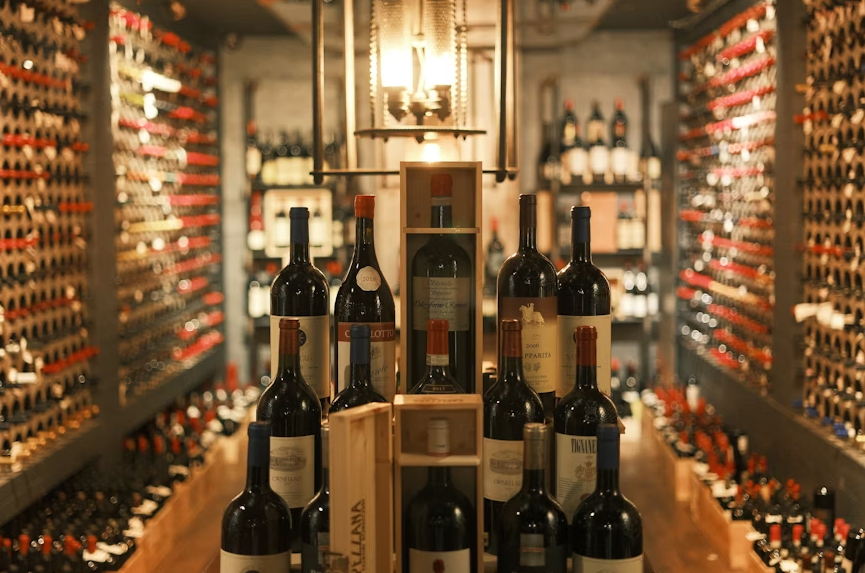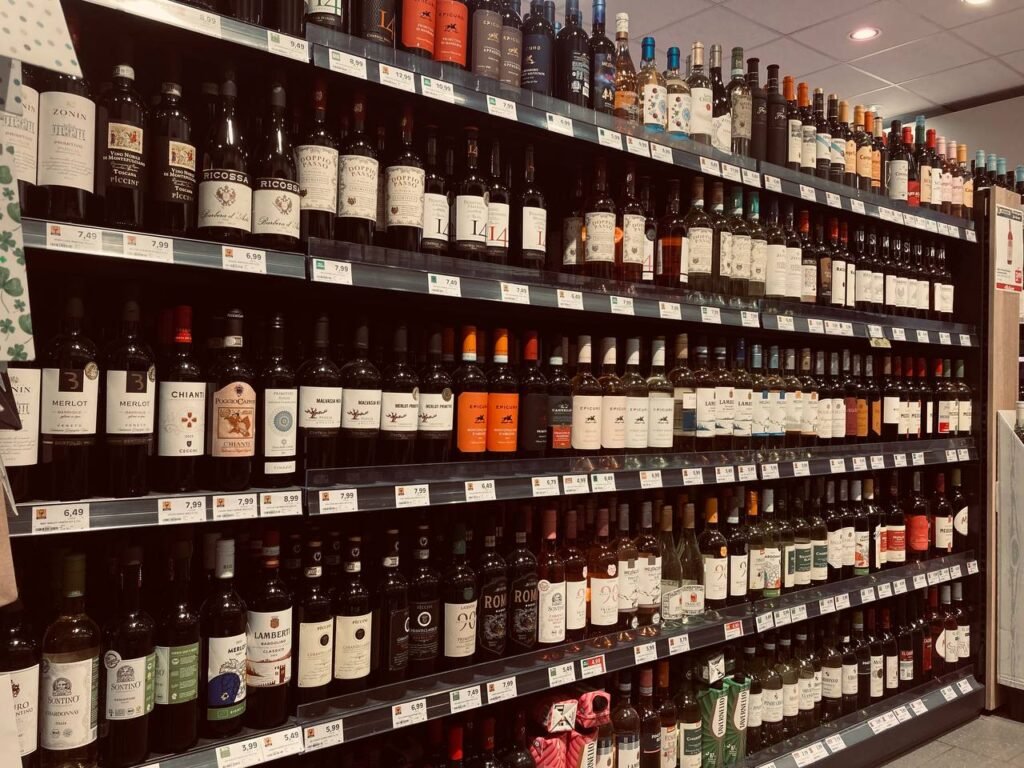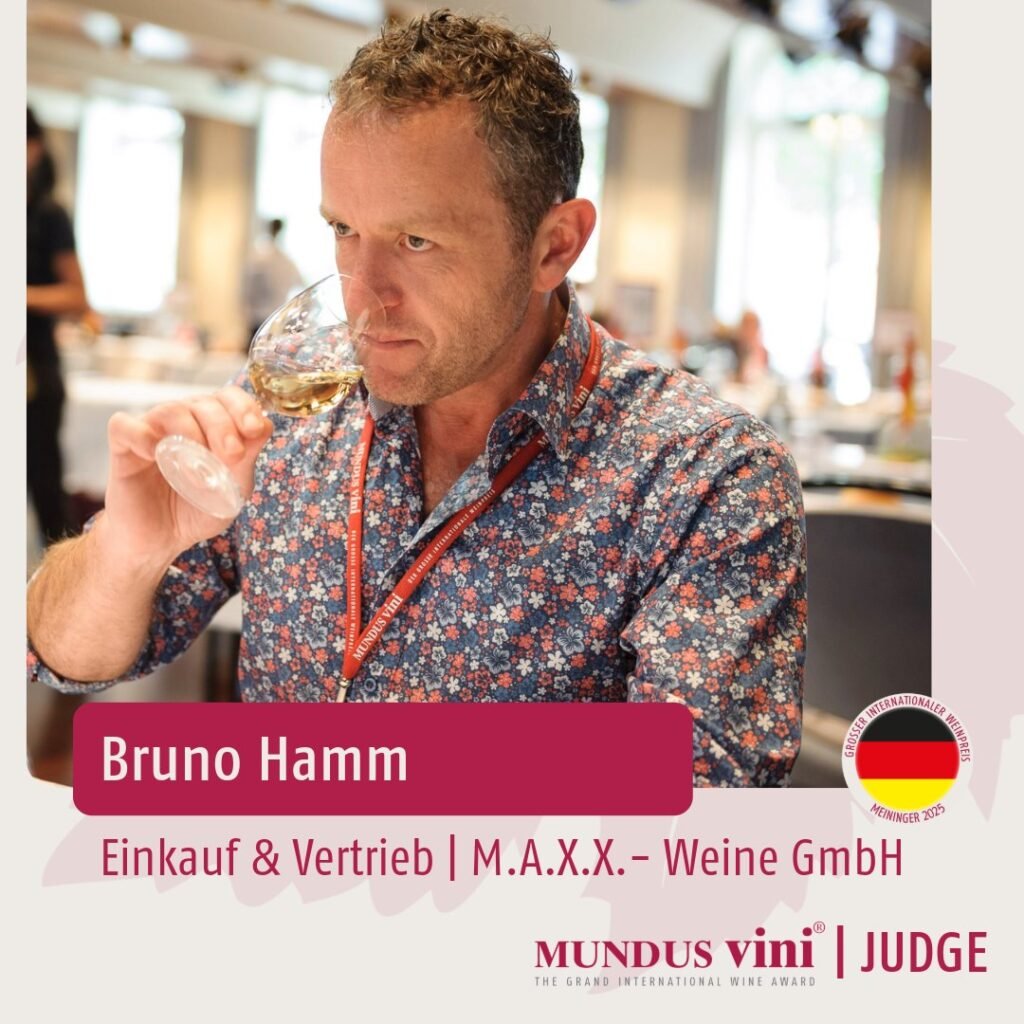
На сайте используются cookie файлы
The site uses cookie files
Данный сайт имеет возрастное ограничение!
This site has age restrictions!
Я подтверждаю, что мне, увы, уже давно исполнилось 18 лет
In recent years, Ukrainian winemaking has taken a remarkable step forward: quality has risen, exports to the EU and beyond have grown, and international recognition is steadily building. Among Europe’s markets, Germany stands out as one of the most promising. But will it truly open a “window of opportunity” for Ukrainian wines – and what must winemakers do to seize it? Victoria Makarova, our author and Wines of Ukraine representative, who has been living in Germany for over three years, takes a closer look.
Most people still see the image of Germany as a “beer country,” shaped by stereotypes, traditions, and the world-famous Oktoberfest. Yet as one spends more time here than the average tourist, a different picture emerges: Germans are the nation of wine drinkers. In my own very unscientific and informal “survey” of supermarket shopping baskets, wine appeared more frequently than beer. Of course, this observation is highly subjective, also considering that I live in the southern “wine country”, the so-called Badische Weinstraße, so consumer preferences may well differ in northern or eastern regions.
Still, Germany is undeniably a major wine-producing country, and German consumers tend to be quite patriotic about their wines. A few numbers illustrate the point. According to the Federal Statistical Office (Statistisches Bundesamt), Germany produced 7.75 million hectoliters of wine in 2024. Meanwhile, the German Wine Institute (Deutsches Weininstitut) reports that only 1.2 million hectoliters were exported. While this figure shows a modest increase compared to 2023, the fact remains: Germans drink about 85% of their own wine.
So, is there room for imports? Absolutely. With a population of more than 84 million, Germany currently imports between 14 and 15 million hectoliters of wine annually – putting it on par with the world’s largest wine importer, the United States. That said, this leadership is in terms of volume only. When it comes to the value of imports, Germany ranks third, with less than €3 billion in annual wine imports, trailing behind the U.S. and the U.K.
What exactly is being imported? France, Italy, and Spain together account for 81% of Germany’s total wine imports by both value and volume. For years, Italy has been the undisputed leader, but Spain is now hot on its heels. If the trends of 2024 continue, Spain is expected to overtake Italy by the end of the year. Austria and the U.S. also posted noticeable growth in 2024, so this year’s numbers will be interesting to watch. The race is on.

German consumer preferences have shifted noticeably in recent years. Red wine consumption has been steadily declining, while white wines are on the rise. Sparkling wines are also enjoying increasing popularity, with Crémant stealing much of the spotlight. Although the German market has long favored aged red wines from Spain, Spanish white wines are now carving out a growing share. At the same time, consumers are paying closer attention to sustainable and environmentally friendly winemaking methods, so Bio and Organic certifications are becoming very common even on affordable wines.
Price remains one of the most decisive factors for wine imports to Germany, especially when it comes to the mass market. German consumers are famously “spoiled” by extraordinarily low prices, particularly for imported wines on supermarket shelves. I no longer find it surprising that perfectly decent “daily wines” at Lidl or Aldi can be bought for €3–5. Of course, these are not masterpieces or fine wines, but rather solid, reliable options for the average consumer.
Aldi and Lidl, Germany’s powerful discount retailers, are widely recognized outside the country, while domestically, nearly every German shops there at least once in a while. It’s worth noting that while Germans are prepared to pay more for truly high-quality products, they also love a good bargain and remain loyal to the so-called “Every Day Low Price” (EDLP) model. Do these low prices compromise quality? Hardly. Both Aldi and Lidl take quality and consistency seriously – and that includes their wine imports. Thanks to consumer trust and professional buying teams attuned to global trends, these discounters can afford to experiment with their selections. That’s why I always keep an eye on Aldi’s Saisonale Weinlese – the seasonal wine offers. There’s almost always something new and worth discovering, for a very affordable price, though usually available only in limited batches.
In addition to imports handled by the major retailers, Germany has a large number of importing companies and specialized shops that bring wines directly from producers. The leader among specialist wine retailers is the Jacques’ Weindepot chain, which operates more than 300 franchises across the country. Recently, the network became part of the Hawesko Holding group – a heavyweight player with an annual turnover of more than €600 million.
Among the major importers worth mentioning are Reidemeister und Ulrichs, part of the renowned Rotkäppchen-Mumm group, with a vast portfolio that includes both well-known and niche producers, and Mack & Schühle, an importer of wine and spirits with an annual import volume of 120 million bottles and a division focused especially on organic wines.
Still, large importers don’t cover the full scope of Germany’s wine demand, especially when it comes to niche, distinctive wines rather than the mass market.
Considering the style, quality, production volumes, and pricing policy of Ukrainian craft wineries, this is precisely the segment that looks most promising for them. To learn how niche importers scout and select producers, I spoke with Bruno Hamm, Purchasing and Sales Director at M.A.X.X Weine and a long-term MUNDUS VINI jury member.
M.A.X.X Weine is an importing company specializing in carefully selected wines from Spain, Portugal, Italy, Austria, France, and Hungary. Its portfolio holds plenty of gems: in Spain, for example, not only Rioja, Ribera del Duero, and DO Cava, but also the legendary Priorat, the underrated regions of La Mancha, Jumilla, and Empordà, as well as refined sparkling wines from the Corpinnat collective in Penedès.

So, what does it take for a producer to make it into the M.A.X.X Weine portfolio? “A new wine or producer has to fill a specific gap in our range. It needs to be a product with clear market demand. Exclusive distribution rights are a plus, but not essential – the decisive factor is whether the overall market situation is favorable for such a product,” explains Bruno Hamm.
Bruno has previously sampled Ukrainian wines at the Wines of Ukraine stand at ProWein, giving them high marks for quality. Drawing on that experience, I asked him for some strategic advice for Ukrainian producers targeting the German market: what are the DOs and DON’Ts they should keep in mind?
“A winery must have a clear strategy if it wants to enter the German market. Specialized retailers and discounters, for example, are very hard to combine – you need to decide whether you want to work through an intermediary (B2B), through retail (B2C), or directly with end consumers (for instance, by opening your own shop). Working with an intermediary like M.A.X.X requires a solid margin – between 50 and 70% – which needs to be factored in between the producer’s price and the final consumer price. Roughly speaking, this means that the ex-works price and the end consumer price (including all costs such as transport, Green Dot, etc.) should be multiplied by 3–3.5 to arrive at the retail shelf price (including VAT). Transparency of online trade makes this almost impossible! If, for example, your wines can be found cheaper online, cooperation with a distributor doesn’t make sense,” Mr Hamm comments.
Do wines from lesser-known regions unfamiliar to the average German consumer stand a chance on this market at all? According to Bruno Hamm, they do, but it requires some effort. Germans are more easily drawn to wines from regions where they often vacation. Still, even Portugal and Greece – both hugely popular holiday destinations – have managed to gain only a modest share of the German wine market over the past 15 years. So, tourism is not the only factor here.
One thing is certain: without high-quality marketing and communication, it’s nearly impossible to succeed in the German market – just as in any other. Participating in ProWein once a year can hardly be considered a solid strategy, even though the Messe itself remains a highly effective platform for networking and forging partnerships. Still, selling wine in Germany takes more than good products – it requires strong, professional communication.
Several marketing and communication agencies in Germany focus on the wine and gastronomy sectors. One of the most successful is Organize Communications, with a solid track record of supporting non-German winemakers. Their customer range includes Wines of California, Wines of Portugal and Wines of Greece, as well as individual producers. Barbara Wanner, the co-founder, says each project comes with unique challenges and goals – whether for wine-producing countries, wine regions, or specific wineries. For “launching” customers who are relatively unknown in Germany, the first step is to build market presence and educational frameworks from the ground up. They’re gaining traction in both visibility and value – and that’s showing up in their sales figures.

Mrs Wanner believes that the biggest challenge foreign winemakers have to face is finding strong and reliable distribution partners. “Germany is a saturated and mature market – we import widely, domestic production has improved significantly. Even though the overall consumption is slowly declining in line with global trends, the often-quoted numbers such as an average supermarket price per liter, do not reflect the strength of the premium or fine wine segments – which are very much alive and well. Yet at the moment, the trade is cautious. Many importers have slimmed down their portfolios, and very few are willing to take risks on unknown names, even though consumers’ appetite for new wines hasn’t gone away. That’s where we come in: we work hand in hand with distributors to create not just awareness, but actual demand – through education, storytelling, brand positioning, and customized activations that turn interest into measurable sales.”
Which “emerging” wine countries or regions hold potential in the German market? According to Barbara, cultural and geographical proximity matter a lot: “Wines from regions that resonate with the German lifestyle – places we travel to, enjoy the food of, or have personal ties to – tend to succeed faster. Greece is a great example: for years, Greek wines were undervalued here, but now, guests at Greek restaurants expect to find ambitious and well-curated wine lists. We’ve seen similar developments with Portuguese, Spanish and of course the benchmark “Italian” cuisine, and we’re likely to see more from Turkey, as more high-quality Turkish restaurants are gaining ground”.
Beyond cultural affinity, indigenous grape varieties, original wine styles, and authentic stories are increasingly resonating – especially with sommeliers and wine enthusiasts who value discovery and depth. “Don’t try to be everything to everyone. Focus on signature wines that genuinely reflect your identity. Start by investing in education and showing experts why your wines matter. The German market rewards consistency and visibility, so maintaining a presence is key – through events, social media, and by building a network of ambassadors,” Mrs. Wanner concludes.
So, will Germany become a major new market for Ukrainian wine? That depends on whether winemakers are ready to engage with the challenges it presents. Yet I am confident: Ukrainian producers are more than capable of conquering Germany. This story is only just beginning.
⇒ Join our social networks ⇒ Optimistic D+ editors will take this as a compliment.
⇒ Every like is taken as a toast!
Photo: Bradley W., facebook.com/BadischeWeinstrasse, Victoria Makarova, AD LUMINA for MUNDUS VINI
03.09.2024